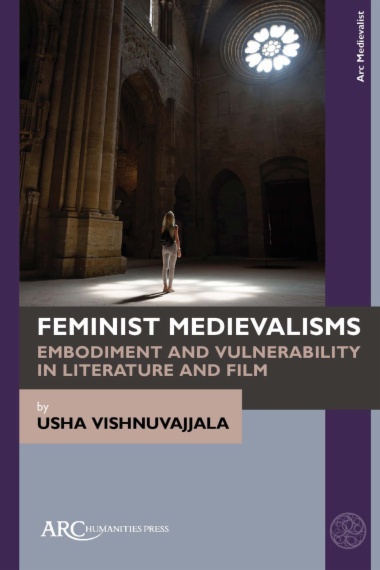

This book examines feminist textual and cinematic engagements with the idea of the Middle Ages in the nineteenth and twentieth centuries, arguing that the idea of the medieval past is central to the work of novelists and directors interested in embodiment and vulnerability. Careful and illuminating analysis of particular moments in fiction, film, and political discourse dismantles the false binary between popular and intellectual medievalisms, which rests on gendered understandings of genre and audience, while demonstrating that masculinist or patriarchal medievalisms have an equal but understudied counterpart.
The book's first three chapters cover Jane Austen’s Northanger Abbey and its afterlives, the final works of Virginia Woolf, and late twentieth-century film and music videos from the United States. The final chapter examines the treatment of women's bodies and vulnerability in both political theory and recent electoral politics, arguing that they share a common thread of misogyny rooted in the idea of the medieval past, and that one way to challenge that misogyny is by looking at complex feminist engagements with that same past, both real and imagined.